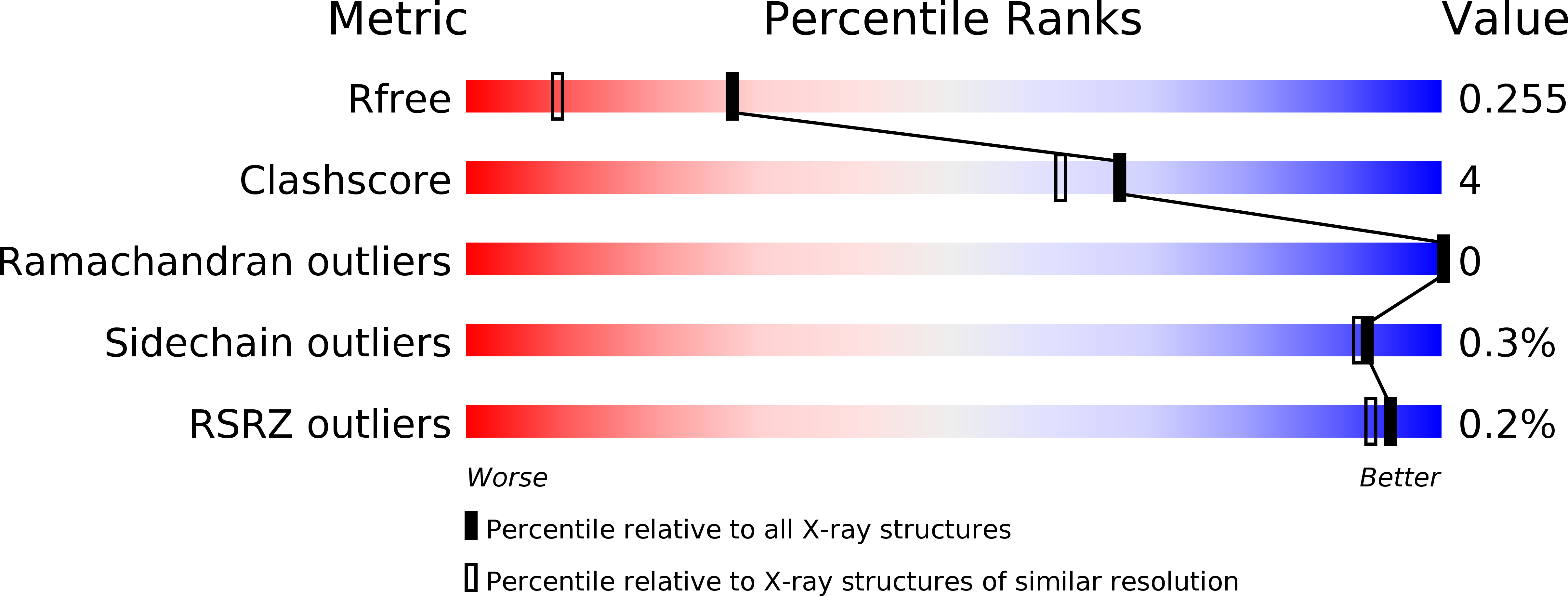
Deposition Date
2014-04-02
Release Date
2014-06-18
Last Version Date
2023-12-27
Entry Detail
PDB ID:
4P99
Keywords:
Title:
Ca2+-stabilized adhesin helps an Antarctic bacterium reach out and bind ice
Biological Source:
Source Organism:
Marinomonas primoryensis (Taxon ID: 178399)
Host Organism:
Method Details:
Experimental Method:
Resolution:
1.80 Å
R-Value Free:
0.25
R-Value Work:
0.22
R-Value Observed:
0.22
Space Group:
P 1


